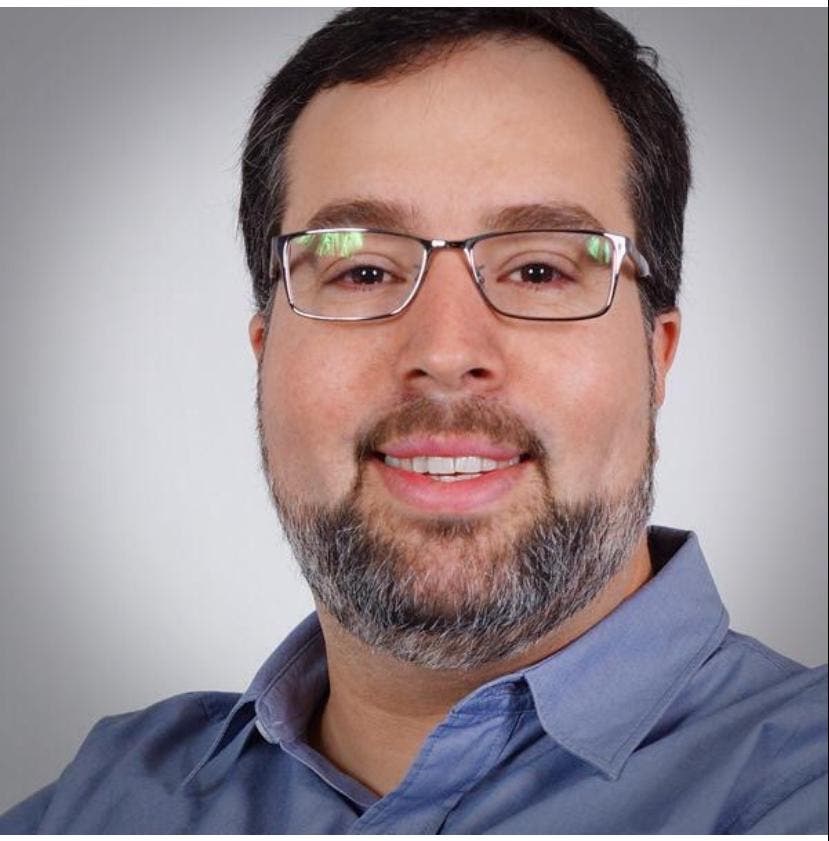The release of the film "Doctor Sleep" reminds us of the visionary genius Stanley Kubrick. Its powerful impact on the arts, technology and even humanity itself remains to this day.
Perhaps his most profound contribution was the masterpiece 2001: An Odyssey in Space, produced in 1968. This science fiction work, partly based on Arthur C. Clarke's short story, "The Sentinel," explores human evolution, existentialism, and, most notably, artificial intelligence.
It is a beautiful film with a keen scientific realism, special effects far ahead of its time and a narrative construction with as little dialogue as possible. For example, satellites and dancers mix with the lineages of 'The Blue Danube'. This is pure visual poetry about the relationship between man and technology.
In many ways, this work of art has inspired today's technology, which is now inspiring today's "art".
One of the main characters in the film is HAL 9000, a simple red lamp with artificial intelligence (AI). As much, or more intelligent, than the ship's own crew. Kubrick believed that highly intelligent computers could learn from experience and would inevitably develop emotions such as fear, love, hatred and envy. These machines, he said, would eventually manifest human mental disorders.
HAL stands for "Heuristic ALgoritmic. In the language of computer science, "heuristic algorithms" are AI techniques applied to problems of high theoretical complexity that cannot be solved with conventional programming techniques, particularly those of a purely numerical nature. That is, everything that implies a more complex, analytical, emotional and sentimental understanding is involved in a heuristic algorithm. HAL was science fiction.
Going back to real life, after 40 years, AI solutions are literally in our hands. Animojis from Apple, Siri, Alexa, Google, etc., HAL 9000 was their inspiration, the grandfather of all these beauties out there.
If a system can learn from emotional touches and refinements as Kubrick predicted, the question arises as to whether we will have a moment when the evil power of these AI applications will be installed for good. Just take a look at the deepfakes to imagine what is to come. Deepfake is the application of technology with AI to create extremely realistic but fake videos. Videos where personalities can appear making a speech contrary to their political point of view or even being placed in embarrassing situations. It's not basic editing. It is an almost real video created with AI that captures the facial expressions, feelings and emotions of the person.
In the information age, false and deepfake news can have a destructive impact on the image of individuals or corporations. Former U.S. President Barack Obama was one of the victims. In a video made from deepfake technology, he calls Donald Trump "a total and complete idiot. The video looks very real, but it was produced by Jordan Peel as an experimental video, which makes an impact around the world.
As a creative, it all makes me stop and think about what we will see in the next 40 years. I can only hope that, with all the rapid and continuous advances, we will also have something of the "soul" of HAL 9000. In one of the most anthological scenes of HAL 2001, in a crisis of conscience (and in a moment of self-preservation), he rebels against Dave and says that he will not open the doors of the ship's hangar: "I am sorry, Dave, but I am afraid I cannot do that.
Article originally published on: https://www.updateordie.com/2019/12/17/kubrick-o-precursor-das-deepfakes/?fbclid=IwAR31e9bEZr9ADQz8V9zEs5kDTfhQdCckTW1p8FnhBnQ7qpa36kLMUszC0lk



